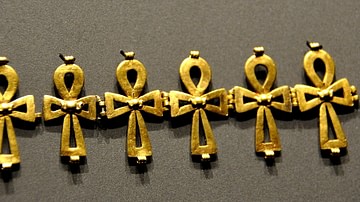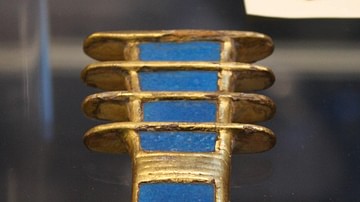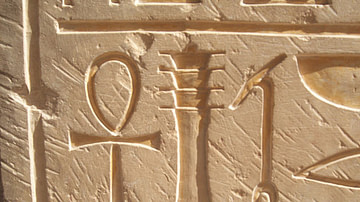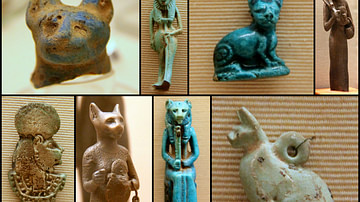Video
Cite This Work
APA Style
Encyclopedia, A. H. (2020, November 30). The Ankh, the Djed and other Ancient Egyptian Symbols and their Meanings. World History Encyclopedia. Retrieved from https://www.worldhistory.org/video/2201/the-ankh-the-djed-and-other-ancient-egyptian-symbo/
Chicago Style
Encyclopedia, Ancient History. "The Ankh, the Djed and other Ancient Egyptian Symbols and their Meanings." World History Encyclopedia. Last modified November 30, 2020. https://www.worldhistory.org/video/2201/the-ankh-the-djed-and-other-ancient-egyptian-symbo/.
MLA Style
Encyclopedia, Ancient History. "The Ankh, the Djed and other Ancient Egyptian Symbols and their Meanings." World History Encyclopedia. World History Encyclopedia, 30 Nov 2020. Web. 20 Apr 2024.





